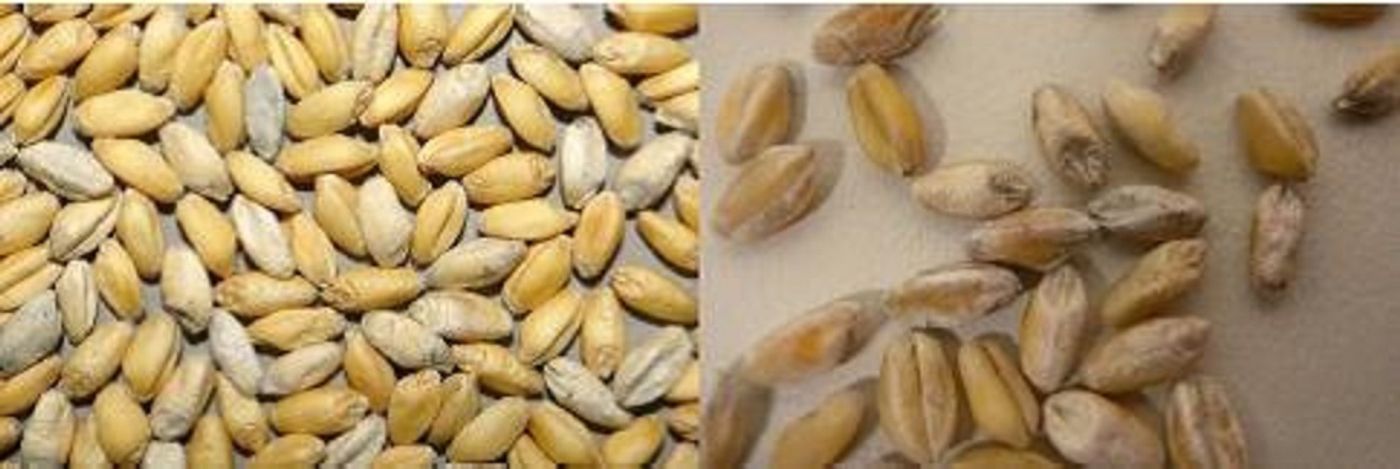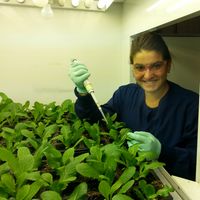In Australia, wheat is identified as a significant economically important crop worth over $4.5 billion dollars per year. The majority of the wheat grown in Australia is exported and therefore; understanding the factors that cause disease in these crops is important. Diseases of wheat crops can cause a reduction in the overall yield of the crop, reduction of overall grain quality and therefore; the final cost of the harvested portion of the plant.

A fungus, initially identified as
Botryosphaeriazeae, was identified in the late 1990s in Queensland, Australia which is also responsible for grey ear rot in maize. The fugus can survive in cereal residues of wheat and can live there for longer than 2 years. Wheat plants display symptoms including mummification of the wheat grain as well as shriveling and discoloring of the wheat grain. The primary impact of the disease is on grain quality, with affected grains appearing “pinched” and can often be misidentified as frost damage. The disease is mostly likely to be associated with wet conditions during plant flowering but can also occur at plant maturity. Since this discovery, the disease has occurred sporadically in wheat crops across Eastern Australia, most commonly on the Eyre Peninsula.
Researchers in the wheat biosecurity lab at the Research School of Biology at the Australian National University have discovered three new fungi that cause the disease, known as white grain disorder. The authors of the study, published recently in
Australian Plant Pathology, sequenced the genomes of fungi isolates and compared their sequences to other
Botryosphaeriazeae spp. They discovered that, in fact, the genomes of the fungi isolates which cause white grain disorder are actually different that of the
Botryosphaeriazeae spp. and proposed that they be reclassified as members of the
Eutiarosporella genus and that the three isolates investigated are three different
Eutiarosporella spp. A multigene tree was generated from their data to show that these three isolates should be identified as three different species including
Eutiarosporella tritici-australis,
Eutiarosporella darliae, and Eutiarosporella pseudodarlia. The authors hope that this reasearch will lead to future developments in combating the disease as well as mitigating strategies for controlling spread of the disease in wheat crops in Australia.
Sources:
Science Daily,
Australian Plant Pathology, Department of Agriculture and Food of Western Australia









